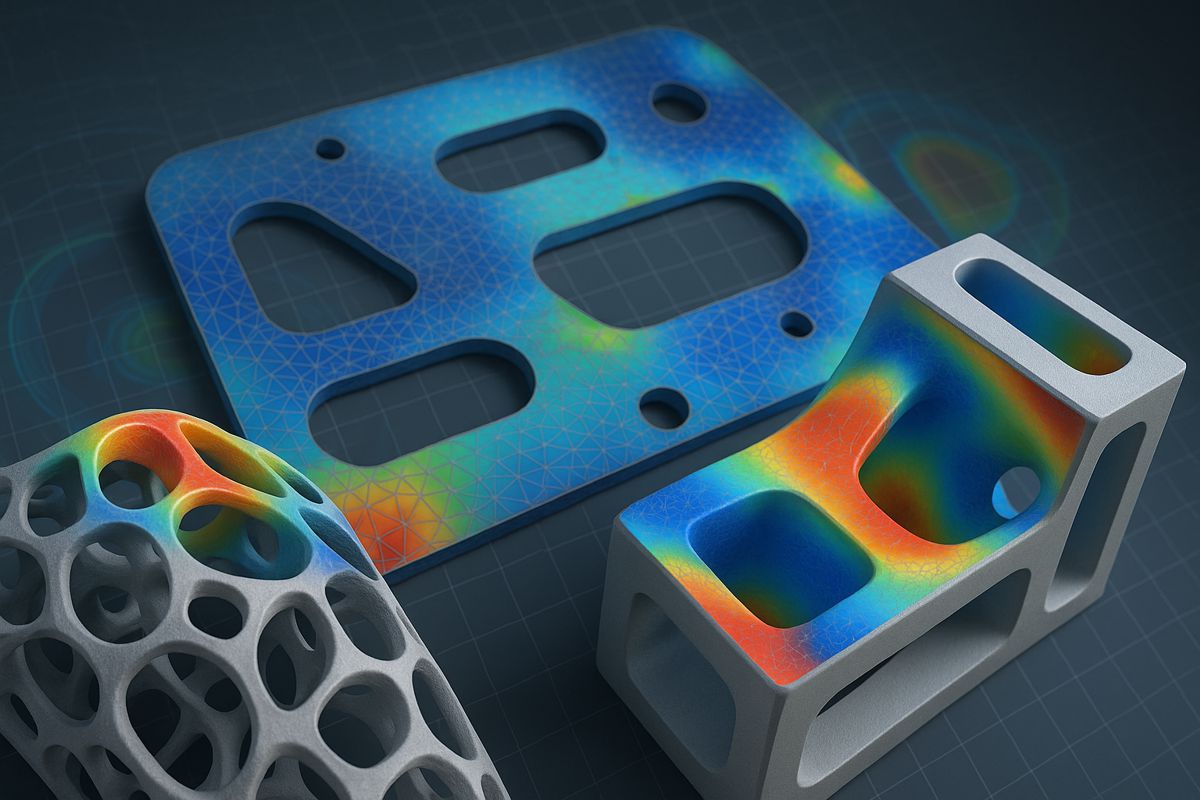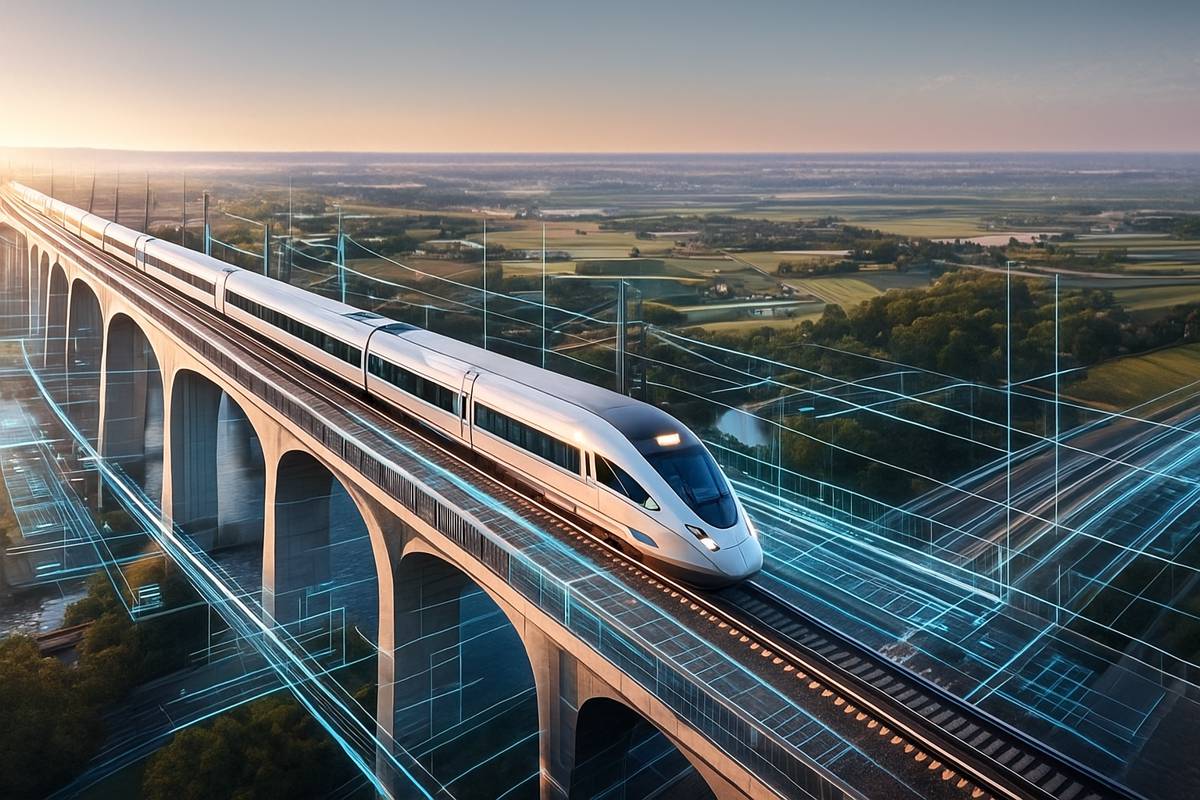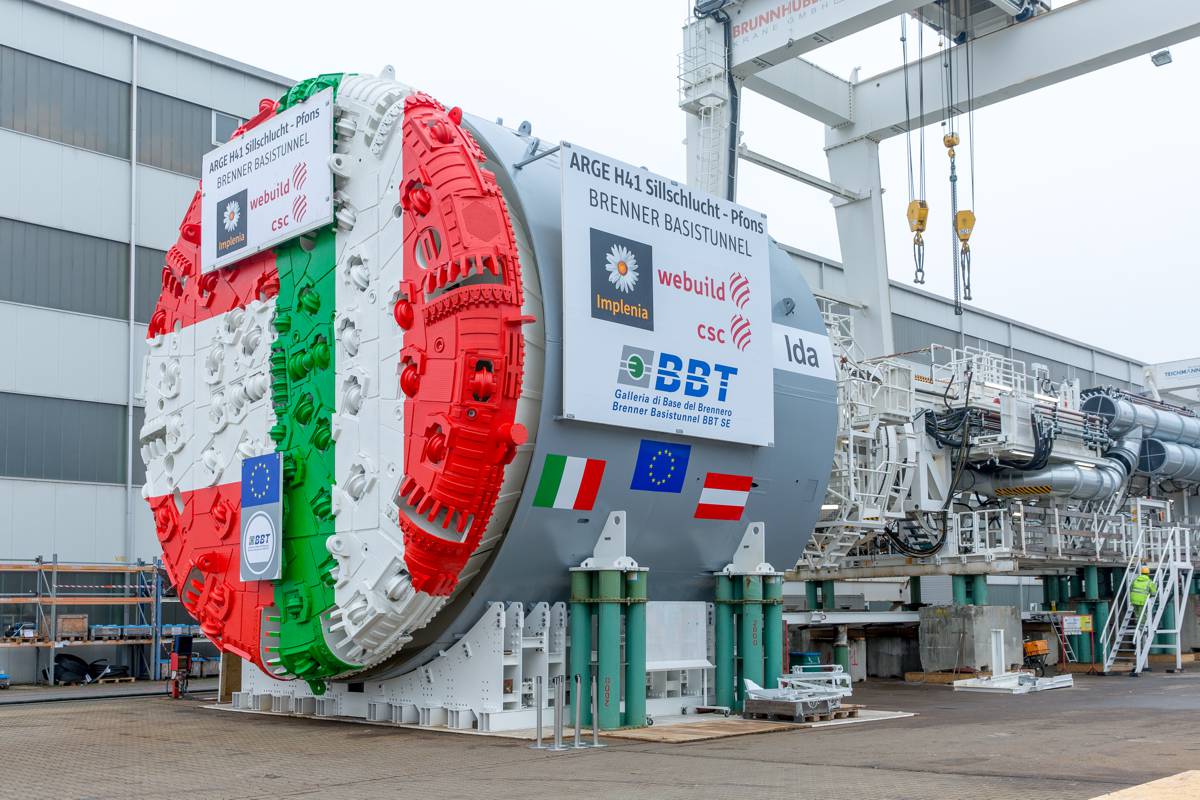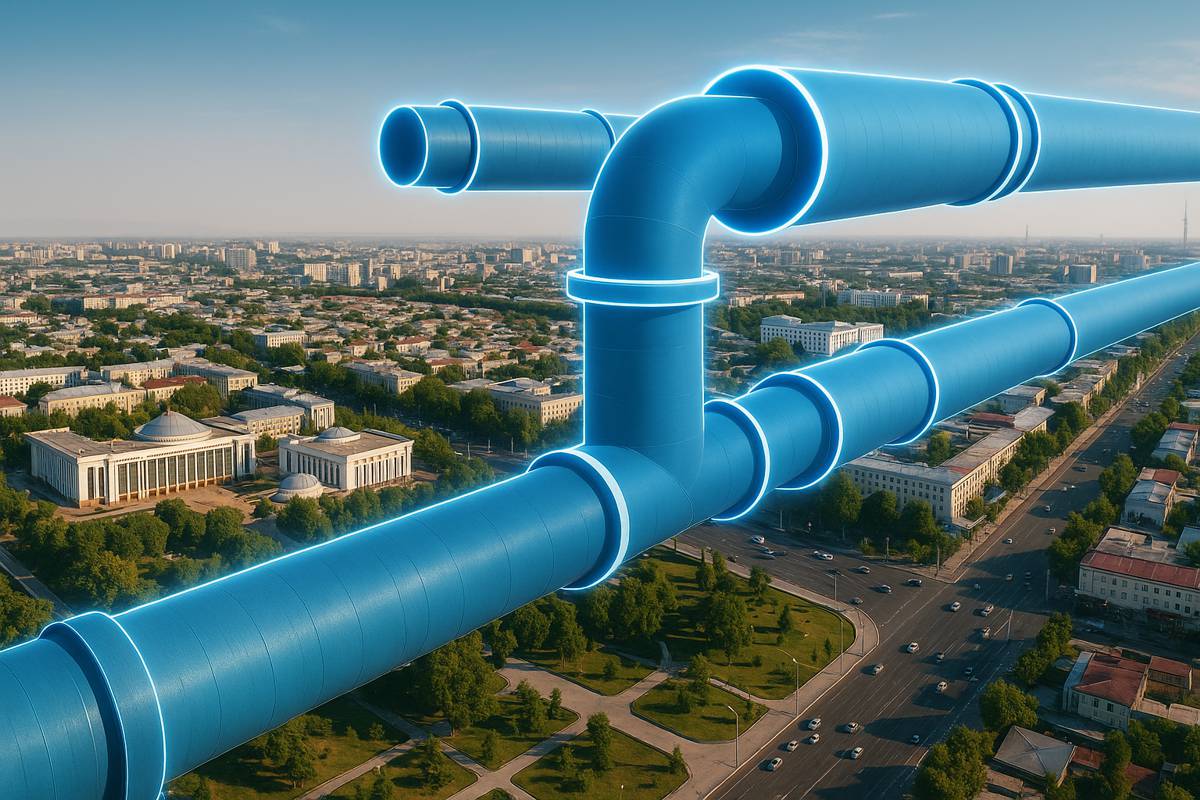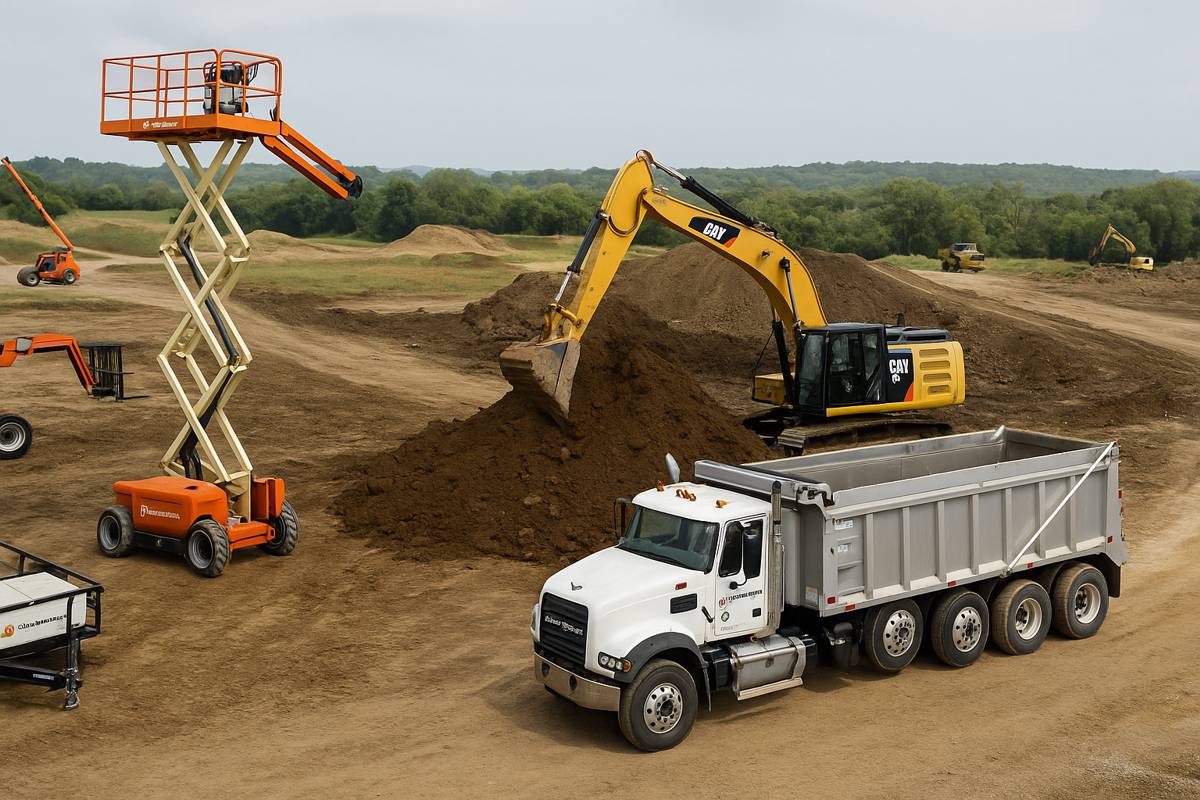Transforming Infrastructure with Trustworthy AI
Bentley Systems has once again taken centre stage in digital innovation. At its annual Year in Infrastructure conference, Bentley introduced an impressive array of artificial intelligence (AI) capabilities aimed squarely at transforming the future of infrastructure.
The company also launched its Infrastructure AI Co-Innovation Initiative, inviting engineering firms and asset owners to collaborate in shaping the next generation of AI-driven workflows.
Nicholas Cumins, Bentley’s CEO, set the tone with a clear vision: “AI is poised to transform infrastructure. At Bentley, our vision is for AI to empower infrastructure engineers, not replace them. Trustworthy AI, built on infrastructure context, can improve engineering productivity and transform workflows across project and asset lifecycles.”
AI Adoption Accelerating Across Infrastructure
Bentley’s message came backed by solid data. The company revealed that nearly one-third of the submissions for its Going Digital Awards, which celebrate excellence in infrastructure through digital innovation, already integrated AI into their projects. Remarkably, nearly half of the finalists had AI embedded in their workflows, highlighting a major industry shift.
A new Global Infrastructure AI Survey, conducted in partnership with law firm Pinsent Masons, engineering firm Mott MacDonald, and consultancy Turner & Townsend, showed that around 50% of respondents are piloting or scaling AI initiatives. The survey highlighted that design optimisation, documentation automation, and productivity enhancement remain the leading focus areas.
Cumins summarised the challenge perfectly: “The greatest challenge to delivering better and more resilient infrastructure is engineering capacity. There simply aren’t enough engineers in the world to do all the work that needs to be done. AI promises a step change in productivity that can help close this capacity gap.”
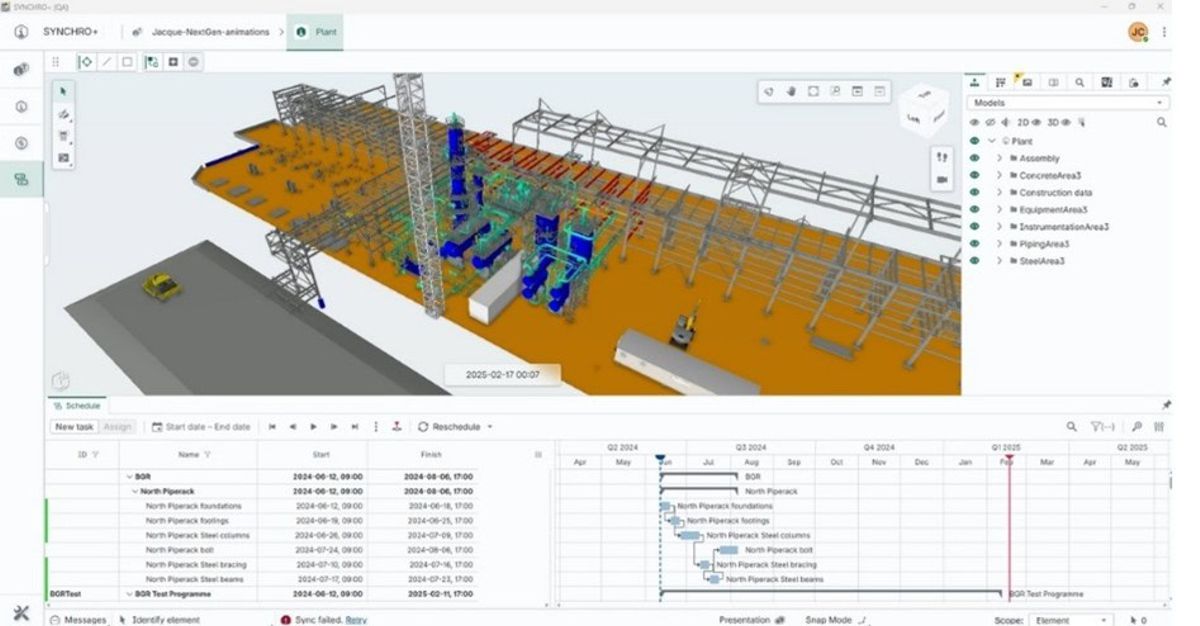
AI Integrated Across Bentley’s Product Ecosystem
Building on its momentum from 2023, when Bentley launched OpenSite+ for civil site design, the company unveiled new AI-powered solutions across its portfolio. These include OpenUtilities Substation+ and SYNCHRO+, applications that seamlessly integrate AI into substation design and construction management.
Francois Valois, Senior Vice President of Bentley Open Applications, described the approach: “We’ve been creating a new generation of infrastructure applications built on digital twins, powered by AI, and fully connected to Bentley Infrastructure Cloud. They show what’s possible when AI is built for real infrastructure workflows and tailored to the needs of engineers.”
Among the standout innovations:
- OpenSite+ – Leveraging generative AI, this application allows engineers to deliver civil site designs up to ten times faster. “OpenSite+ is going to open a lot of doors for us to move faster, get better answers, and really be better engineers,” said Brianne Belschner, Model-Based Design Lead at VHB.
- OpenUtilities Substation+ – This application introduces digital twin and AI-driven collaboration for substation design. Multiple engineers can work simultaneously within the same model, significantly reducing errors and rework.
- SYNCHRO+ – A next-generation construction management tool integrated into Bentley Infrastructure Cloud, it redefines 4D modelling by introducing data-centric workflows, AI-driven scenario planning, and seamless geospatial context via Cesium. Early access begins in December 2025.
Additionally, Bentley is incorporating AI across its established software. OpenRoads Designer and OpenRail Designer will soon benefit from AI-powered drawing annotation tools, rolling out in November 2025. Bentley Copilot, the company’s context-aware AI assistant, will be embedded into both in early 2026.
Smarter Search and Streamlined Workflows with ProjectWise AI
Bentley is also extending its AI capabilities into ProjectWise, a cornerstone of its Infrastructure Cloud suite. The platform will soon feature AI-powered search functionality, offering users concise, contextually aware summaries without needing to open individual files.
These capabilities are designed to save time and enhance coordination across project teams. Early access will open in December 2025, with general availability in 2026. Bentley believes these advances will redefine how engineers interact with data, allowing them to focus on decision-making rather than document management.
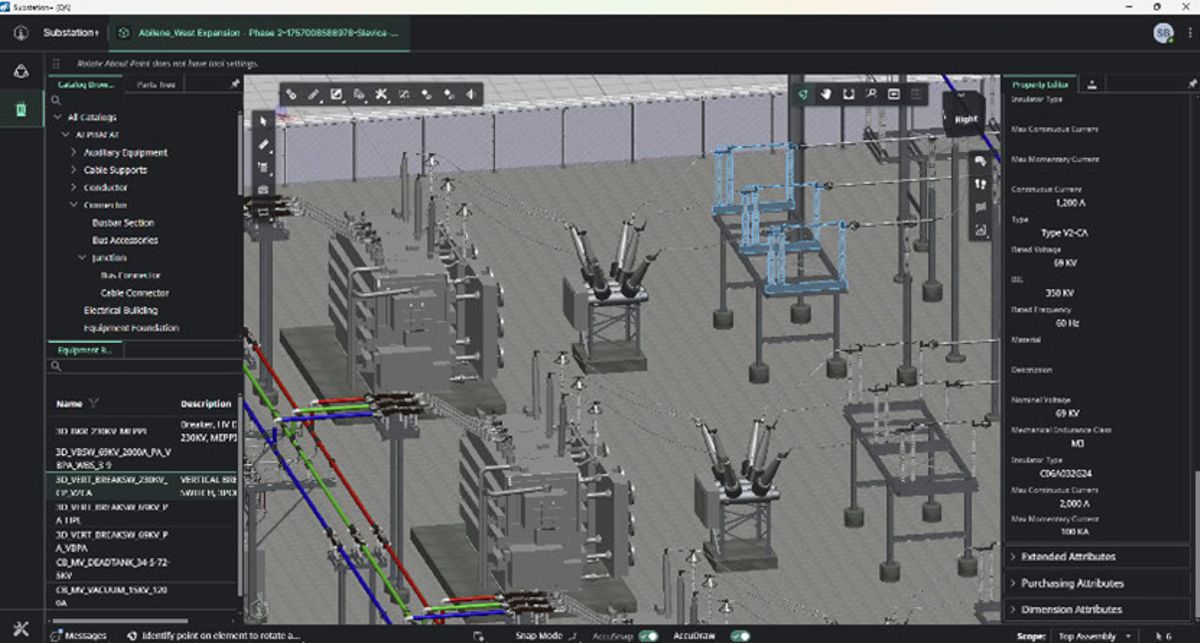
Bentley’s Commitment to Data Stewardship
With great technological power comes the responsibility to protect data. Bentley has reaffirmed its commitment to transparency and ethical AI development, ensuring that innovation never comes at the cost of user trust.
Cumins reinforced this stance: “Our users are in control of their data. They decide if it’s used for AI training, and to what extent. Our users’ data is their data, always.”
The company has implemented strict governance for AI model training. Only data explicitly licensed or volunteered for use is incorporated, and users can choose to fine-tune AI models privately for their own organisations. To enhance visibility, Bentley has launched the Data Agreement Registry, an auditing system that discloses how and where data was used in AI model development.
Engineering Precision Meets AI Creativity
The infrastructure industry is unlike any other. Precision isn’t optional, it’s fundamental. Bentley understands that AI applications must operate within the physical and logical frameworks that underpin real-world projects.
“Infrastructure engineers work in a creative profession, but one where precision is non-negotiable and consequences are real,” Cumins explained. “That’s why AI in infrastructure must be grounded in real-world context.”
Bentley’s suite of applications, from Seequent’s subsurface analysis tools to OpenRoads and OpenRail, already embed engineering logic and data fidelity that make AI decisions trustworthy. This contextual awareness enables AI not just to automate tasks but to deliver informed recommendations that engineers can rely on.
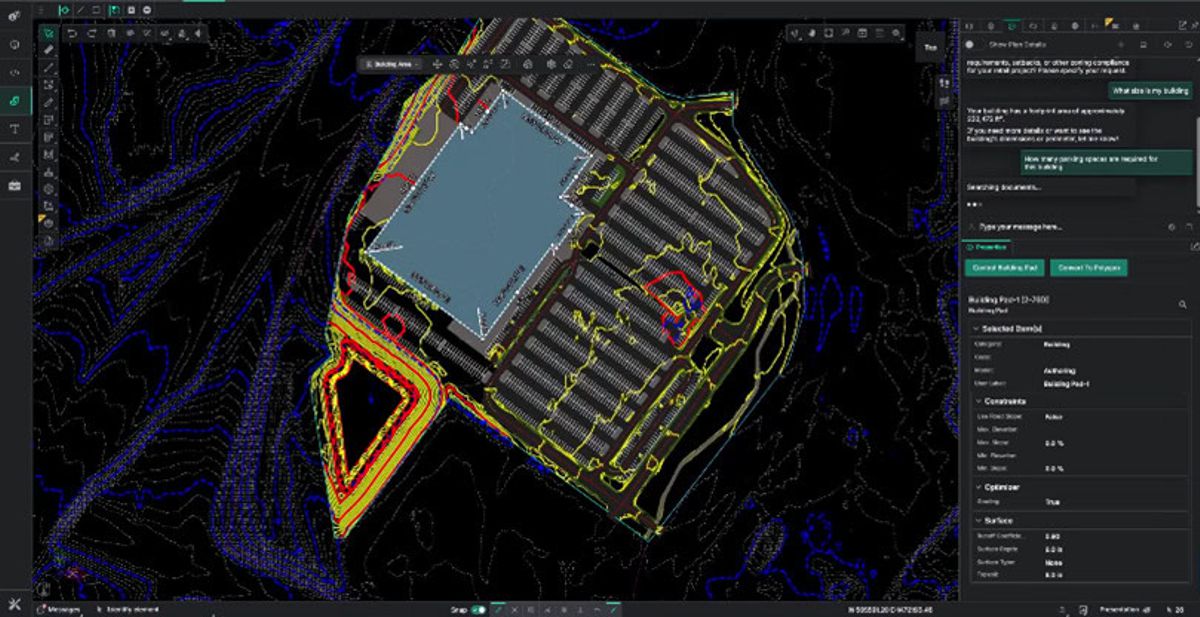
Real-World Impact
The transformative potential of AI isn’t theoretical, it’s already visible in projects worldwide. Cumins pointed to a geothermal energy project in Türkiye that used AI and GPU-accelerated simulations through Seequent software. The team compressed a five-year development timeline to just one year and reduced costs by 75%. Engineers evaluated over ten million scenarios in mere days and conducted 3,000 simulations in hours, setting a new benchmark for speed and efficiency.
Such examples showcase how AI, when combined with Bentley’s digital twin technology, can unlock unprecedented performance across infrastructure lifecycles.
The Infrastructure AI Co-Innovation Initiative
To drive innovation forward, Bentley introduced the Infrastructure AI Co-Innovation Initiative. This programme encourages engineering firms and asset owners to collaborate with Bentley on developing and refining AI-enhanced workflows.
Cumins described it as a partnership for progress: “For more than 40 years, we’ve helped infrastructure professionals and organisations become more productive through our software. We welcome the creative ways our users are already combining our applications with AI, and we believe this is just the beginning.”
Participants in the initiative will explore how Bentley’s APIs can better support AI-driven use cases, including new commercial frameworks that reflect the evolving interplay between human expertise and machine intelligence.
“This is a pivotal moment,” Cumins added. “The opportunity to shape the future of infrastructure is in front of us, and we’re incredibly excited to collaborate with our users in this new way.”
Building the Future Together
Since its founding in 1984, Bentley Systems has maintained a simple yet powerful mission: to help engineers design, build, and operate better infrastructure. Today, that mission expands to empowering AI to work alongside engineers rather than in their place. From transportation and energy to water management and smart cities, Bentley’s intelligent solutions continue to drive progress and sustainability across every sector.
By embracing trustworthy AI, Bentley isn’t just enhancing productivity, it’s shaping the next generation of resilient, data-driven infrastructure that will define the future of our cities and communities.












